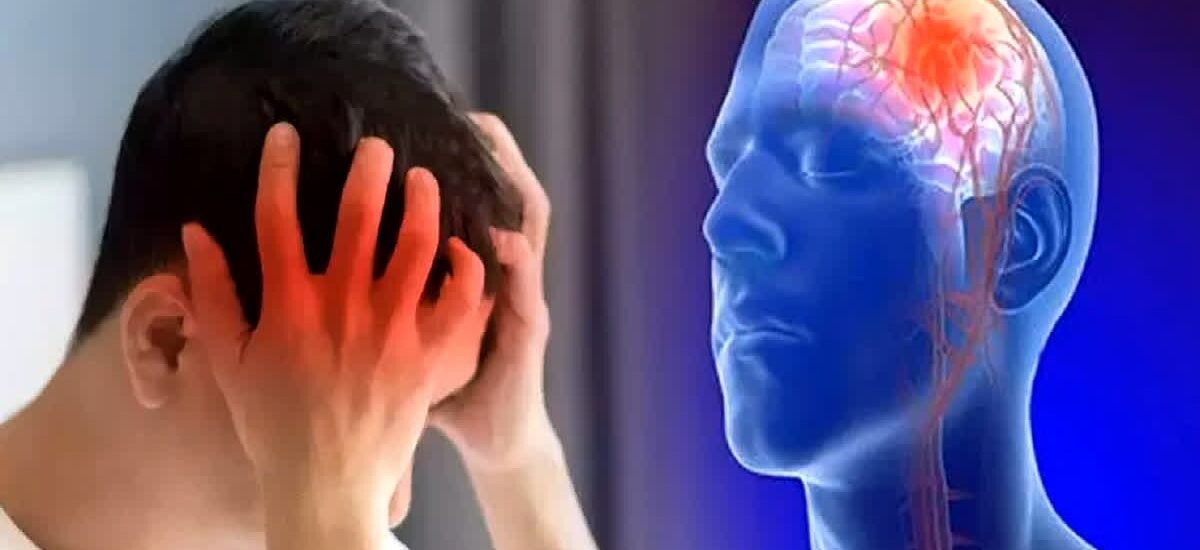Stroke has become one of the leading causes of death and disability worldwide, affecting millions of people each year. Health experts warn that strokes can strike suddenly, often without prior warning, and every second counts when it comes to survival and recovery.
According to the World Health Organization (WHO), strokes claim nearly 6 million lives annually, while countless others are left struggling with long-term disabilities. The good news is that timely recognition of the warning signs can save lives and improve outcomes.
Doctors emphasize the golden rule: “Time lost is brain lost.” When a stroke occurs, blood flow to the brain is blocked or interrupted, depriving brain cells of oxygen. Within minutes, these cells begin to die. The sooner treatment is given, the better the chances of preventing severe brain damage.
Here are 10 common warning signs of a stroke that should never be ignored.
1. Sudden Numbness or Weakness
One of the earliest and most common signs of a stroke is sudden numbness or weakness in the face, arm, or leg—particularly on one side of the body. A drooping smile or inability to raise one arm may indicate a stroke in progress.
2. Difficulty Speaking or Understanding Speech
If a person suddenly slurs their words, struggles to form sentences, or appears confused when trying to understand what others are saying, it could be a red flag. Speech problems are a classic symptom of a stroke.
3. Vision Problems
Strokes can affect eyesight in one or both eyes. People may experience sudden blurred vision, double vision, or even temporary loss of sight. This symptom is often overlooked, but it’s a critical warning sign.
4. Trouble Walking or Loss of Balance
Dizziness, loss of coordination, or difficulty walking straight can signal a stroke. Some patients report feeling suddenly unsteady, as if the ground is shifting beneath them.
5. Severe Headache
While not as common as other symptoms, a sudden, intense headache—often described as the “worst headache of your life”—may signal a hemorrhagic stroke, caused by bleeding in the brain. It often appears with nausea or vomiting.
6. Confusion and Memory Issues
A person may appear disoriented, unable to recognize familiar faces, or have trouble remembering basic information. This sudden mental fog can be a sign of reduced blood flow to the brain.
7. Difficulty Swallowing
Strokes can impair the muscles used for swallowing, making it hard for patients to eat or drink safely. Known as dysphagia, this symptom is often overlooked but may occur immediately after a stroke begins.
8. Sudden Fatigue or Loss of Consciousness
Some people experience overwhelming fatigue, drowsiness, or even fainting. This can occur if blood flow to the brain drops dramatically, and it requires urgent medical evaluation.
9. Nausea or Vomiting
Though not always present, strokes can sometimes cause sudden nausea, dizziness, or vomiting—especially when accompanied by other symptoms like headache and loss of balance.
10. Seizures
In rare cases, a stroke may trigger seizures, especially if bleeding in the brain occurs. A sudden seizure in someone with no history of epilepsy should be treated as a medical emergency.
The FAST Method
Doctors recommend using the FAST test to quickly identify the most common stroke symptoms:
F – Face: Ask the person to smile. Does one side of the face droop?
A – Arms: Ask them to raise both arms. Does one arm drift downward?
S – Speech: Ask them to repeat a simple phrase. Is their speech slurred or strange?
T – Time: If you observe any of these signs, call emergency services immediately.
Who Is at Risk?
While strokes can affect anyone, certain groups are at higher risk. Age is a significant factor, with people over 55 more likely to suffer a stroke. Other risk factors include:
High blood pressure
Diabetes
High cholesterol
Smoking
Obesity
Family history of stroke
Excessive alcohol consumption
Why Quick Action Matters
Experts say that receiving treatment within the first three to four hours of stroke onset can make a life-changing difference. Clot-busting medications and other emergency treatments can restore blood flow and reduce brain damage if administered promptly.
Dr. Ayesha Rahman, a neurologist at Dhaka Medical College Hospital, stressed the importance of public awareness. “Too many patients arrive at the hospital too late. Recognizing the symptoms and acting quickly can save not just a life, but a person’s ability to speak, move, and live independently,” she said.
The Bottom Line
Strokes are medical emergencies, and every minute matters. If you or someone you know experiences sudden numbness, trouble speaking, loss of vision, or any of the warning signs listed above, seek immediate medical attention.
Raising awareness of these symptoms can help reduce the devastating impact of strokes worldwide. Remember the FAST rule, and don’t delay—your quick action could save a life.
